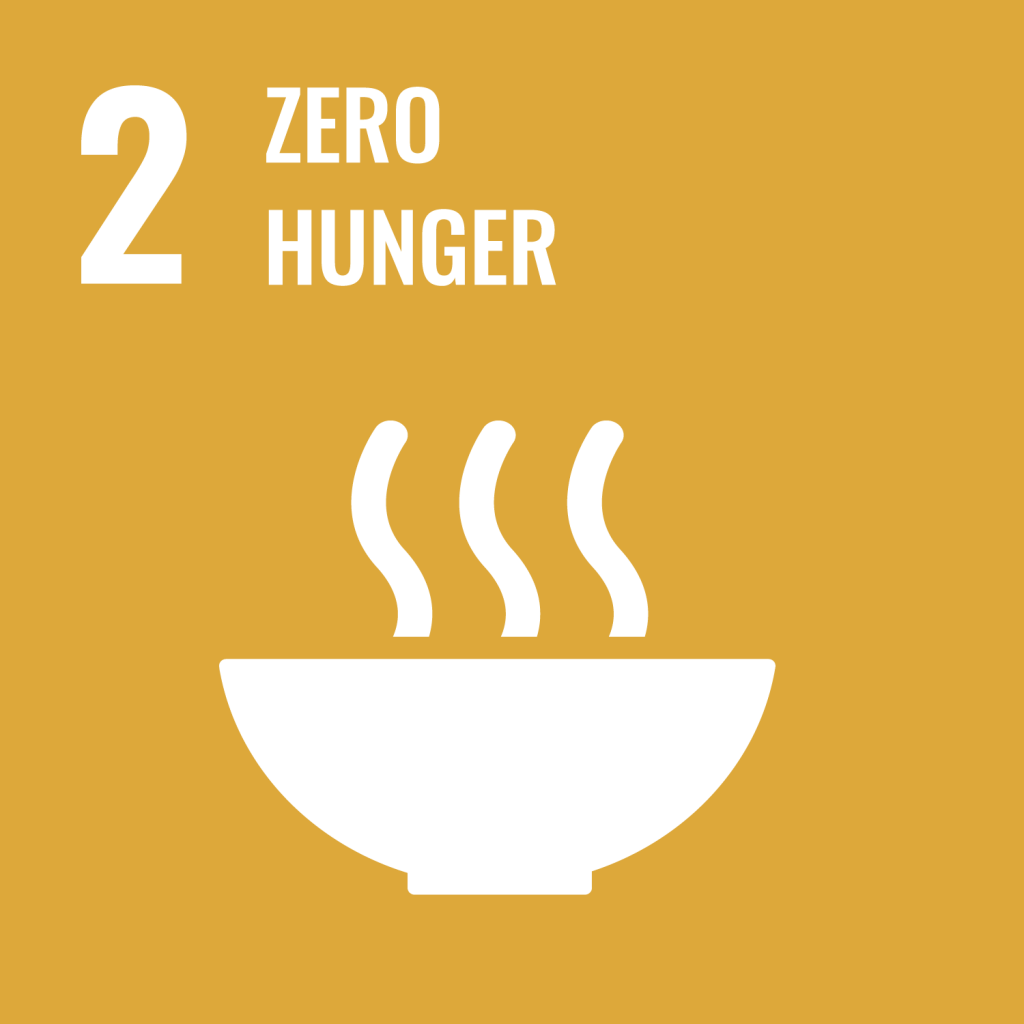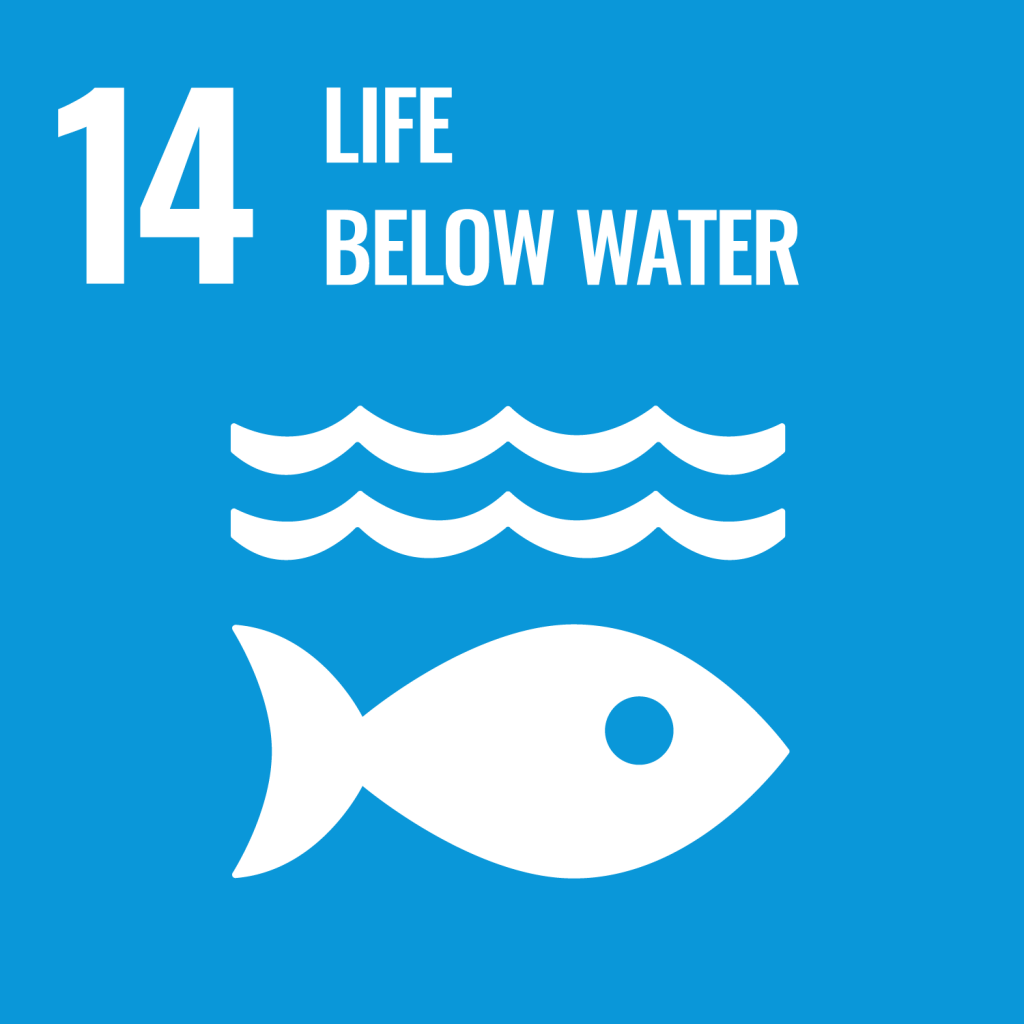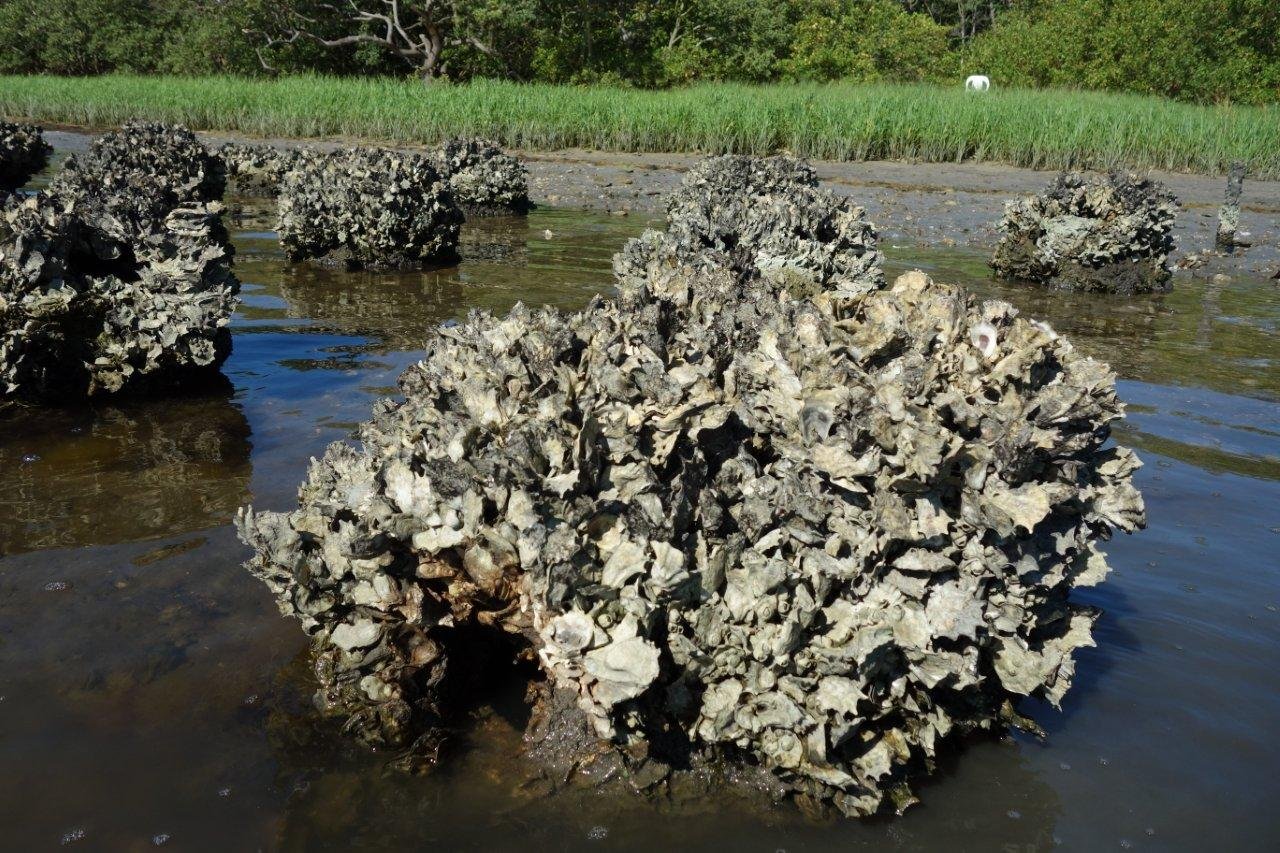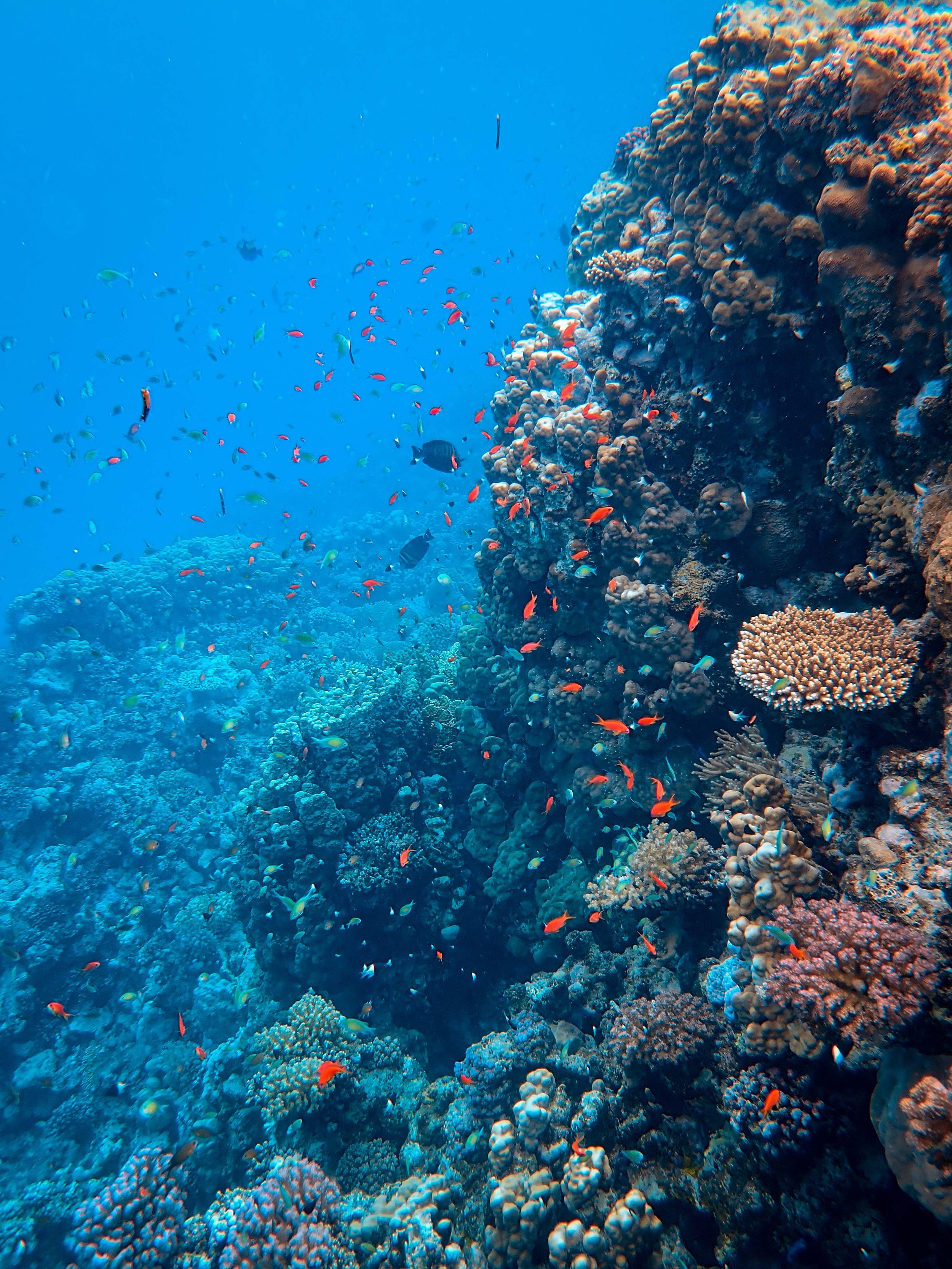Artificial Reef Construction
Coral reefs protect coastlines from storms and erosion, provide jobs for local communities, and offer opportunities for recreation. They are also are a source of food and new medicines. Over half a billion people depend on reefs for food, income, and protection.
Coral reefs are threatened by both local and global threats, including overfishing; sediment, nutrient and marine pollution; and increasing ocean warming and acidification.
85% of worldwide oyster reefs are lost. These reefs provide diverse food sources or foraging areas for a variety of important fish, birds, and other species.
Oyster reefs function as natural shoreline attenuation structures, protecting the shore from high levels of erosion during storm events or from increased ship and boat wakes.
Oysters provide a natural cleansing system as an individual oyster may filter 50 gallons of water per day. This often results in clearer water, encouraging increased growth and production of seagrasses.
Healthy reefs serve as wave breaks and protect shorelines from erosion, intertidal habitat loss, and property damage and loss along estuarine shorelines.
We plan to place new, habitable structures on which coral and oysters can grow. With a textured outer surface, these structures are the perfect medium to allow micro-organisms a place to land, burrow, and mature before predators can feed on them.









